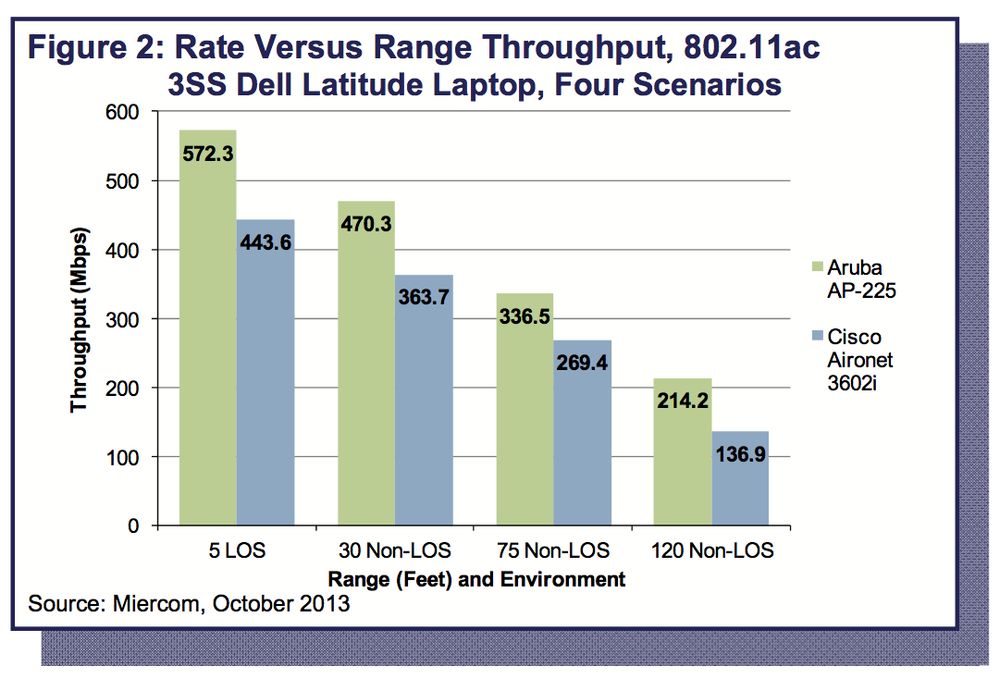Don't worry, you didn’t misread the title. The reality is, there’s a lot we can read into Cisco’s recent Aironet 3700 series 802.11ac clip-on AP announcement. ‘Clip-on’ being the operative word here.
It turns out that neckties and APs have a lot more in common than I suspected. I’ll never admit to it in person, but the pure utility and simplicity of a clip-on tie carries a certain allure. Kind of like fanny packs and child-leashes. We all secretly like the story, but it only takes a split second to realize it’s a bad idea.
Now you’re probably thinking: What does this have to do with wireless APs? Well, you may not realize it, but by announcing the 3700 clip-on AP today, Cisco also pre-announced its successor, the 3800. Let me explain.
It helps to do a little history lesson and we only have to go back a couple months to the Cisco 3600 to see what’s in store for us with this new AP.
- Act 1: June of 2012 Cisco announces the 3600 three-stream 802.11n AP that is “future proof” for 802.11ac using a clip-on module.
- Act 2: August 2013 Cisco makes the 802.11ac clip-on module and supporting software available.
- Act 3: October 2013 Cisco announces the 3700 three stream 802.11ac AP to replace the 3600 as the primary 802.11ac phase 1 AP.
Wait….Why did Cisco announce another three stream 802.11ac AP, when they just fulfilled their promise of future-proofing the 3600 for 802.11ac? It turns out Cisco didn't have much of a choice.
It all becomes clear when you look at how an older clip-on AP performs after you attach a new antenna module to it. I'll take you through the gory details.
First we can look at what happens when you try to connect a bunch of 802.11ac clients. We recently tested this using Veriwave, showing UDP downstream encrypted traffic.

You can see that Cisco’s 802.11ac radio gets absolutely crushed when it goes beyond 50 clients. The Aruba AP 225 keeps humming up to 255 clients. The older CPU and inadequate memory of the Cisco AP simply can’t handle the load of all these clients.
Now, let’s look at single-client TCP performance as measured by third-party research firm, Miercom, in their most recent test report.

Miercom measured over 50% better rate-vs-range performance for 802.11ac with the Aruba purpose-built AP 225 compared to the Cisco clip-on 80211ac AP. This report validates the performance numbers I showed in a recent blog.
Bottom-line, you can’t teach an old AP new tricks. The same will be true in 2015, when the next wave of 802.11ac functionality comes along and Cisco tries to clip it on and make it work on the 3700. What’s more likely is that Cisco will do some hand waving and try to get you into a new 3800 802.11ac AP two months after the 802.11ac Phase 2 module is available.
Here’s the reality. A clip on architecture is riddled with compromises.

- Antenna placement is limited to the surface area of the clip-on module. Not ideal for maximizing RF performance.
- Design compromises lead to power inefficiency and require non-standard POE. Cisco has already stated that the 3700 will not run full 802.11ac functions on standard POE.
- The network uplink is not designed for the future requirements of new clip-on modules. The 3700 assumes that the next wave of 802.11ac will only need one GigE port uplink. This is not a safe bet.
- The CPU and memory that are designed into the AP today will not fully support the performance of future iterations of 802.11ac. Did we forget about Moore’s Law? You only have to look at the 3600 to see how that movie ends.
- You still have to go in the plenum, remove every AP, retrofit each one with a new clip-on module and then re-install. All that work for poor performance and a poor user experience.
The “hand-tied” purpose-built difference
What you want is a design that isn’t distracted by having to accommodate clip-on components. The most cost-effective and highest performance APs will always be purpose built.
While a clip-on necktie is merely a fashion faux pas, a clip-on AP is going to leave a lasting impression on your network and your checkbook.
Still don’t believe me? See how shattered glass and helicopters give a fun take on the argument in this video
#3600#AP225